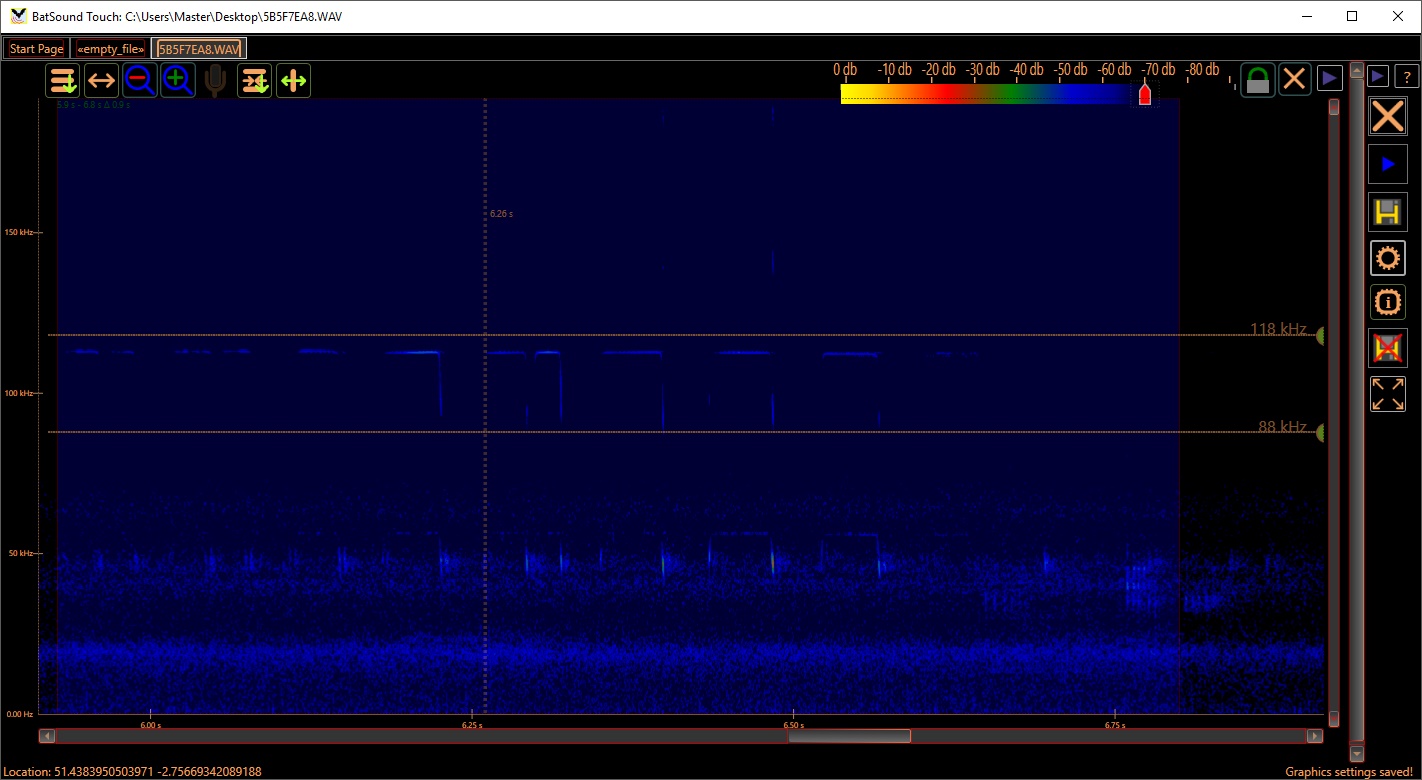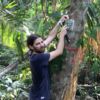The 'Audiomoth: Who wants to join a group buy?' case study in our Annual Report has been getting lots of positive attention. People seem to be particularly interested in the map we included that showed the spread of participants in the group buys - which was a composite of the visitors to WILDLABS who views the audiomoth group buy threads and the members we were aware of that actually participated in the group buys.
Between Arribada, Open Acoustic Devices and WILDLABS it's currently fairly easy to get a pretty good picture of where a lot of the audiomoths are being sent - but with new ways of purchasing audiomoths coming online (e.g. Labmaker), this will get harder to track. And while we hear bits and pieces through comments here and on twitter of how you're using your audiomoths, it would be great to get a better picture of what you're actually doing with your devices in addition to where they're going in the world.
So, if you 're using audiomoths. consider this a place to indulge in a bit of self promotion and shamelessly share what you're doing. Things we're interested to hear about include:
- Species you're monitoring or research questions/conservation challenge you're tackling
- Where you're working (general location/country)
- Helpful resources (e.g. @hj.wood 's water resistant case design shared here)
- Links to any project websites
- Links to your papers or results when they're published
There's a great community of audiomoth users, so this could be the start of a really nice resource and network for others to tap into for support and information.
(cc- @alasdair, @Andrew+Hill )
24 September 2018 7:44pm
I use Audimoth since june 2018 for counting and identification of bats from EU. My settings are always the same: sample rate 384, gain medium, sleep = 0sec, recording duration = 30sec. So, it's a continuous recording due to "no trigger" possibility. Files are pretty large, more than 22Gb for one night...The quality of the recordings is very good: for those who know, I evaluate the quality of the microphone beter than the EM3+ (Wildlife Acoustic) and below M500 from Pettersson. In the high frequencies, the Great Horseshoebats seams to be the upper limit of the microphone (80khz) and I do not think that Lesser Horseshoebats can be detected (>100Khz).
Concretely, it's with my Audiomoth that I record the first Barbastella ever recorded in town in Wallonia (South Belgium) now in september 18. I'm now waiting my 2nd Audiomoth to extend my capacity of survey.
My other detectors are: EM3, EM3+, SM2BAT (2pc), SM4BAT, M500 (2pc).
Hope my English is not too bad...
25 September 2018 8:08pm
I'm in North Somerset UK and have two AudioMoths. I've adapted some waterproof cases which also can be locked and strapped onto a tree etc using a python cable. This allow me to use them safely in semi-public spaces. My interst is surveying for bats and recording them with the land owners. I got interested in having a recorder, when helping to trap for nathusius' pipistrelle on a site I've know for 10 years - and just because I was out later than I normally survey we found not only nathusius' pipistrelle but a passing Lesser Horseshoe on my Petterson M500usb - so I decided to get some AudioMoths and play!
My Website is here
26 November 2018 10:40am
As well as the points highlighted by Steph, Open Acoustic Devices are also running an online survey to capture the use of AudioMoth. To evaluate the global impact of open-source conservation technology, it is important to know how the technology is being used. This survey will go towards a human-computer interaction study into the usability of tech in conservation, and also used to evaluate the global impact of open-source conservation technology. AudioMoth is being used as a case study to identify best practises for open-source conservation technology development and accessibility.
It would be great to keep sharing your experiences on this thread and if you have time here with our online survey.
22 May 2020 7:32am
How do we get notified for the next group buy?












Thierry Cambier
PLECOTUS